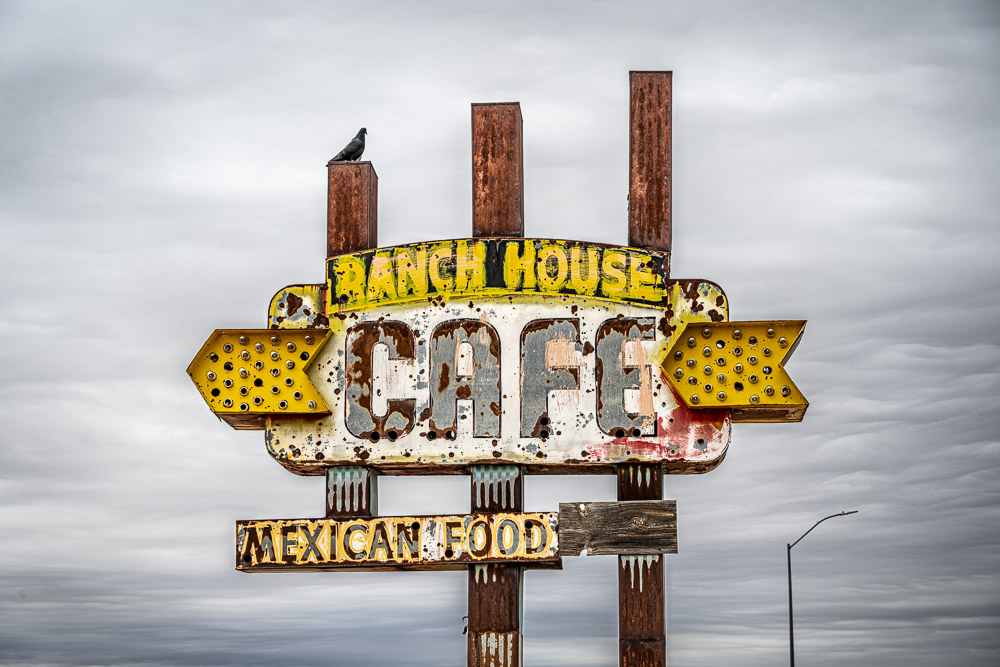We can choose to be the 1% of photographers. Those who make prints. A print is a special thing with its own life.
The 1%
I’m not talking about that 1% we hear talked about in the news – the richest people in the world or the country. The latest data I could find for the USA says that, on average across the country, to be in the 1% financially you need a salary of about $600,000 or a net worth of $11 Million. Another article said that 1% of the people in the world own over 50% of the total household wealth.
I am not bringing this up to get into any discussion of income inequality, investing practices, demographics, or anything related to that.
No, I am referring to a group of photographers we can easily choose to join. Peter Eastway speculates that only about 1% of photographers make prints. Why do you think we don’t print more?
 ©Ed Schlotzhauer
©Ed Schlotzhauer
What is a print?
First, what do I mean by a print? This may seem obvious, but I want to make sure we are on the same page, so to speak.
By a print I am referring to an image presented in a fixed physical medium. A print is an object with weight and space and presence. We can hold it and touch it. We perceive it with our physical senses. And it is “permanent”. That is, it persists unchanged over time.
A print is an enduring expression of the artist’s intent at the time. I say at the time, because it is quite possible for my intent to change with time. The print I make today may be quite different from one of the same image file 5 years ago, or even a few months ago. My vision changes and I often come to see it different. That is natural. I am the artist. Ansel Adams, for example, is famous for drastically changing his vision of how some of his famous images should be printed over time.
What is a print not? It is not an image on a screen. Not your computer monitor or an iPad or your phone. It is not a fleeting image scrolled by on social media or your web site.
Screens are important in the production of our art, but I hope they are not the main goal. Psychologically, we know that what we see on a screen is ephemeral. It has no permanence. We discount it easily. Being on a screen, we subconsciously consider it fluid and flexible.
Why a print?
A print is tangible. It is an artifact that persists in time and space. That is, it is physical. It is an object. We can hand it off to a client who buys it, and it becomes their possession.
By giving the print this life of its own, we are creating a new piece of art. It is no longer under the control of the artist. Kind of like a child growing up and going out on their own. They are your family, but they have their own life now.
As the artist, I can no longer “huddle over it” and protect and explain it. It is on its own. Now it is hanging on a wall. Maybe in someone’s home. Maybe in a gallery. But no matter where, it is now perceived for itself in isolation. It must explain itself, justify itself, fend for itself.
 ©Ed Schlotzhauer
©Ed Schlotzhauer
New thought process?
Deciding to make a print changes our perception of what we are doing.
For one thing, we must commit our interpretation of what we see or feel in the image. We must resolve the “it could be like this or it could be like that” questions in our mind. Once we make the print, we can’t come back next week and change it. If we do, it becomes a different piece of art.
And we will go through a more stringent selection process to pick it. Out of thousands of good images, why print this one? Does it do a better job of representing my view on the subject? Is it a more perceptive representation of something I feel? Will this give my viewers more insight than the many other images I could have picked? Is this an image I will hand to the world and say, “this is me?”
New creative decisions
And making a print involves new creative decisions. What size should it be? Some images seem to call to be large while others seem to prefer being small. Should this be a paper print or canvas or metal or acrylic? Will it look best as glossy or matte? Sure, some of the decisions will be dictated by the intended application. But many are purely artistic.
And there are technical considerations that come in now. Does the file have the quality and resolution to make a large print? Can I print it and mount it myself or must I send it out to a service bureau to be done? The selected media imposes constraints on the image itself. If the desired effect is soft and ethereal then a matte finish may be best. But if the image relies on sharp detail a glossy substrate will make that pop more.
I encourage you to make your own prints when you can. A good, medium size desktop pigment ink printer costs about the same as a mid-range lens for a 35mm camera. Having your own printer encourages you to experiment more. And the immediate feedback you get is gratifying.
 ©Ed Schlotzhauer
©Ed Schlotzhauer
Technical considerations
Creating a good print is a specialized process that requires some detailed knowledge. The fundamental problem is one of basic physics. Screens generate light and emit it. It is an RGB mix, and it is additive. That is, red + green makes orange.
We see prints by reflected light. Light hits the surface of the print and what bounces back is what we see. It is a subtractive process. The ink absorbs some colors. We see the reflected light that is not absorbed. To reduce the red you add cyan. Cyan is the opposite of red. More cyan absorbing red means less red reflected.
This and other differences mean that a print will never look exactly like the image on screen. How close we can come is one of the challenges. How close we need to come is an artistic judgment. A print is another art form.
Editing the image for printing is a task on its own. We load profiles for the media and printer and inks that we are using. A special profiling view is switched on so we see a simulation of what the final print will look like. This is, at best, a fair but not exact model. The reality is it may require several rounds of test prints and re-edits to get to a final print we like.
It can be a lot of work, but it is part of the artistic process. This is work we must do to “birth” the print as its own entity.
I usually have a number of prints hanging around my studio. Some because I just like them. But often it is to live with them a while to see if I like them long term. Results vary.
 ©Ed Schlotzhauer
©Ed Schlotzhauer
Viewing it
We have gone through all this work and expense to create a print. Why? Was it worth it?
This is a personal evaluation.
Sometimes you are disappointed with the result. Some images just do not seem to print well. That could mean we did not choose the best medium or size. Maybe it would have worked better in black & white.
But most of the time you will feel the satisfaction of creating something new. Because the print is a new work of art. It is a distinct physical object with a life of its own. It lives in the world and is evaluated by viewers.
We did our best job of composition and subject selection and lighting and a host of other things. We edited it carefully and prepared it for printing. Now it passes into another realm. We have tried to guide the viewers to see what we saw, but now they are on their own to discover it.
The child leaves home and starts its own life. We are proud of it, but we cannot control it. It is not ours anymore. Likewise, a print becomes an independent entity. The viewers evaluate it on its own by their own criteria.
Something tugged their interest enough to spend more than a passing look at it. Maybe we can draw them in and take them on a journey they did not anticipate. That is joy for the artist and the viewer.
Take the leap. Be one of the 1% of photographers who make prints. It can change your art and give you a different relationsip with your images. And it can be a legacy.





